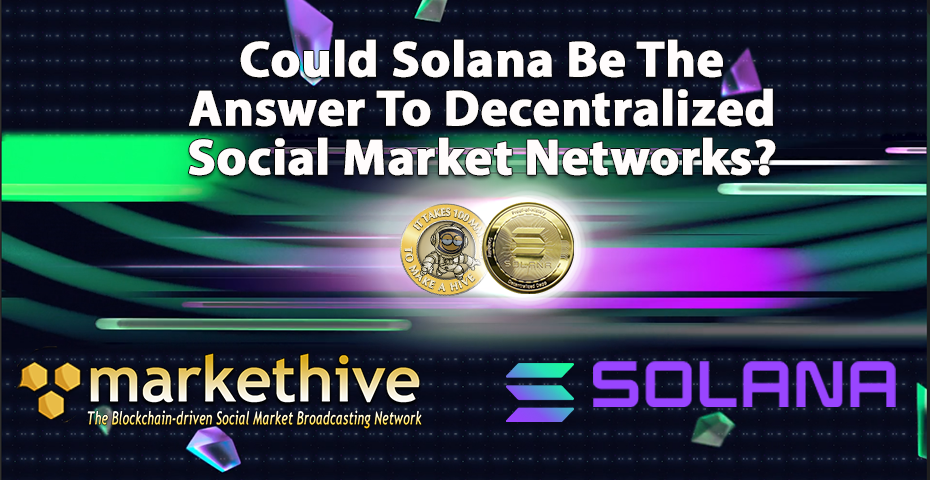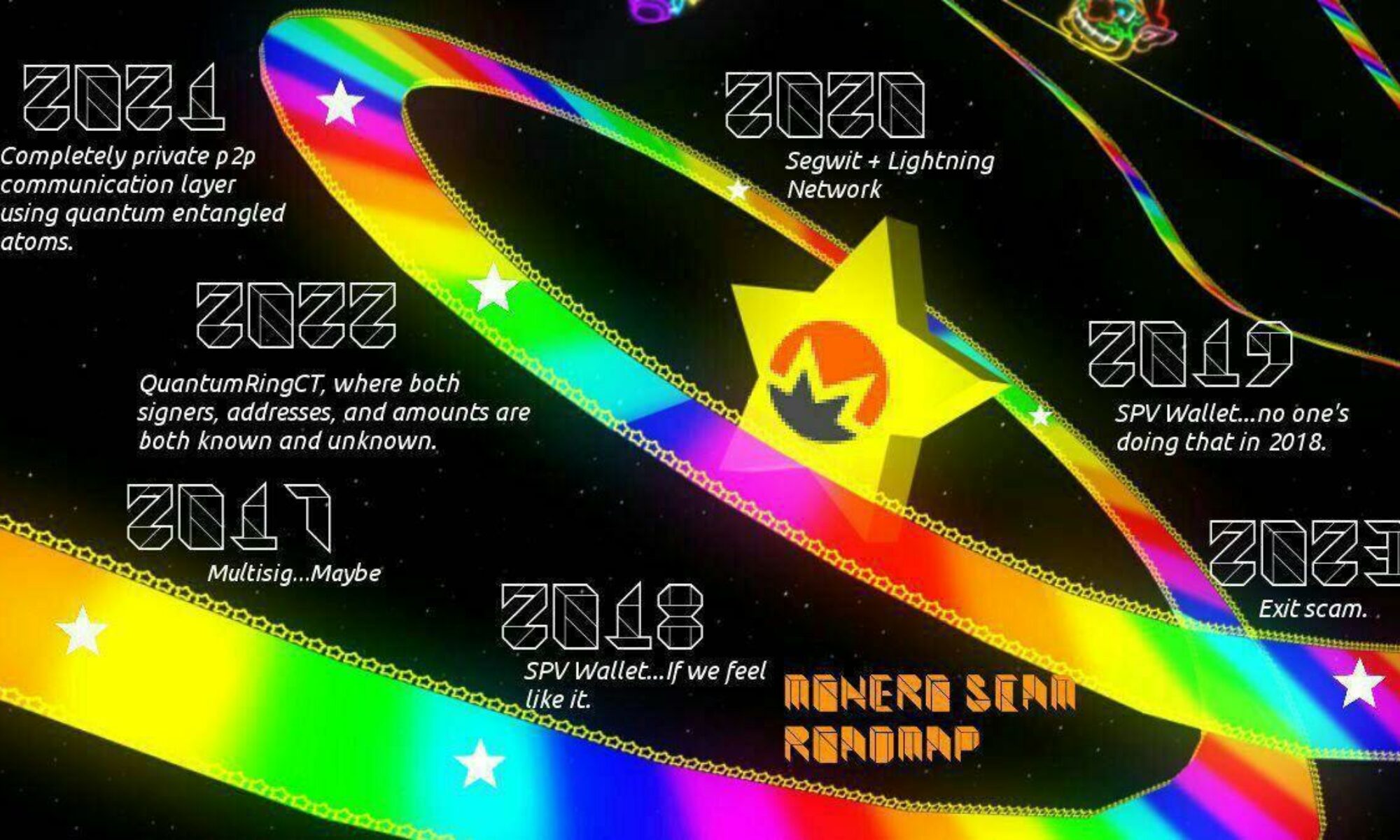
New Developments Happening in the Blockchain Space: 15-04-2024

Image Source: Pixabay
Standardization of Blockchain Data Format Enhances Interoperability Between Chains – Nick Yushkevich
According to Nick Yushkevich, standardization of blockchain data formats is crucial as it enhances the interoperability of distinct protocols and fosters broader adoption of the technology. Yushkevich, the director of product at blockchain infrastructure provider Quicknode, added that such standardization helps to improve communication between systems.
Yushkevich stated that for users, having standardized blockchain data formats allows interaction with the technology “without needing to understand the intricacies of each platform’s data format.” To back his assertions on the standardization of blockchain data format, the Quicknode director revealed that several organizations, including the International Organization for Standardization (ISO), are already establishing standards for the industry.
Looking to the future of blockchain data management, Yushkevich emphasized the importance of developing what he termed intuitive systems and intricate toolkits to navigate the ever-evolving blockchain space. He argued that each would reinforce the other to “unlock the full potential of blockchain data in a secure and accessible manner.” Read More
How Should the Bitcoin Halving Impact the Cryptocurrency Market
The Bitcoin halving, a four-year event, reduces the reward for miners, impacting crypto trading, profitability, market dynamics, and price volatility. It can create positive sentiment, attract institutional investors, and benefit various participants in the cryptocurrency ecosystem.
The Bitcoin halving is a significant event that can influence the cryptocurrency market in various ways, impacting supply and demand dynamics, miner profitability, market speculation, and long-term price trends. Traders and investors closely monitor the halving event and its potential impact on the market to make informed decisions and navigate the evolving landscape of the cryptocurrency market.
The Bitcoin halving is a pre-programmed event that occurs approximately every four years and involves cutting the reward miners receive in half. This event controls the supply of new Bitcoins entering the market and is a crucial feature of Bitcoin's monetary policy.
The Bitcoin halving is an event programmed into the Bitcoin protocol, where the rewards for mining new blocks are reduced by approximately half every four years. This event is built into the Bitcoin code to control the issuance of new Bitcoins and maintain the cryptocurrency's scarcity over time. Read More
Quant makes blockchain free to all businesses with new pricing plans
Quant, a specialist in blockchain for finance, has launched new pricing plans and functionality aimed at enterprise IT users and developers tasked by their business lines with implementing blockchain technology as part of their organisation’s wider digital asset strategy.
The Overledger blockchain platform updates are designed to empower enterprise project teams, architects and developers from any sector or size to test, build and deploy on the same interoperable distributed ledger technology already trusted by central banks, commercial banks and large corporates to accelerate their digital asset strategy.
For the first time, Overledger is now available via a fully functional, time-unlimited free plan to allow institutions to easily adopt an increasingly popular technology while creating new revenue streams, making complex workflows more efficient, reducing legacy costs and enabling access to new markets and clients. The new plan is the most powerful free blockchain plan available for any enterprise looking to execute their digital asset strategy; it enables IT end-users and developers to fully test their concepts, build business applications, connect their existing systems and tokenise then launch interoperable digital assets of any type. Read More
Binance ends support for Bitcoin Ordinals
Binance NFT marketplace will cease supporting trades and deposits of Bitcoin Ordinals on April 18.
Binance is winding down support for Bitcoin nonfungible tokens (NFTs) just a few months after introducing it to its marketplace.
In a blog post on April 4, Binance announced efforts “to streamline product offerings” on the Binance NFT marketplace. As part of these efforts, the exchange’s marketplace is ceasing support for trades and deposits of Bitcoin Ordinals on April 18.
“Users are advised to withdraw their Bitcoin NFTs from the Binance NFT Marketplace via the Bitcoin network before 2024-05-18 00:00 (UTC).”
In addition, the Binance NFT marketplace will cease to offer airdrops, benefits, and utilities related to Bitcoin NFTs after April 10, 2024. Read More
Could Solana Be The Answer To Decentralized Social Market Networks?

Because of Solana’s POH method, it can horizontally scale the rest of the blockchain, the same way that operating systems and databases scale their software. Each Solana team member has over a decade of experience working in operating systems GPU acceleration. Compilers, networks, etc., giving them extensive and deep experience optimizing software.
Solana is based on scaling software with hardware, with the vision of building the world's largest decentralized, single chart blockchain. The only way to do that is by scaling all the core technologies with hardware.
Scaling the Blockchain in this way delivers a cheap cryptographic base for financial transfers and, more importantly, outside of finance. It is a way for Solana to build a better web experience for social media communities regarding micropayments.
Also, advertising-based revenues can be relinquished for social networks, leading communities to generate value by self-expression, creating their own content, and growing the network and the connections within the community, creating a better world for all. Read More
How to store crypto assets in a self-custodial wallet
Discover the working pros, cons and step-by-step setup to gain control of your crypto assets via self-custodial wallets.
The cryptocurrency landscape is dynamic and characterized by frequent token releases. While some are familiar with popular cryptocurrencies like Bitcoin, Ether and Solana, numerous tokens continually emerge in the ecosystem. Those interested in holding cryptocurrencies have two main options: a centralized exchange (CEX) wallet or a private (self-custodial) wallet to store them, and both approaches have pros and cons.
This article will explain self-custodial wallets and share basic steps to set up a beginner Trust Wallet to take control of your crypto assets. Read More
What are generative art NFTs?
Generative art NFTs are digital artworks created using algorithms and minted as unique tokens on the blockchain.
Generative art, created via autonomous systems, generates unique pieces of art by following a set of programmed rules or instructions. Once created, these artworks are minted as nonfungible tokens (NFTs) on a blockchain, providing a secure, verifiable record of ownership and authenticity.
The emergence of generative art within the digital age represents a significant shift in artistic creation and distribution. Artists now leverage sophisticated computational processes and programming languages, such as Processing, p5.js and Python, to generate art that can evolve over time or respond to various external inputs. This approach to art creation expands the boundaries of traditional art by introducing elements of randomness, complexity and interactivity, allowing for an endless variety of outcomes and making each piece of generative art truly unique.
The integration of NFTs with art has revolutionized the way digital artworks are authenticated, owned and traded. The use of blockchain technology to mint NFTs has significant implications for artists and collectors alike, offering a new model for monetizing digital creations and investing in digital art. The secure and transparent nature of blockchain ensures the provenance of each piece, providing a level of authenticity and scarcity previously difficult to achieve in the digital realm. Read More
What are crypto exit scams, and how to protect against them?
Don’t fall for crypto exit scams! Learn what they are, the red flags to watch for, and how to protect your investments.
Understanding the characteristics of cryptocurrency exit scams and putting preventative measures in place is essential in the volatile and frequently opaque world of cryptocurrency investing. By analyzing how these frauds work and offering a range of strong safeguards, Cointelegraph provides readers with the knowledge and resources they need to protect their investments in the quickly changing cryptocurrency market.
With the ever-changing landscape of cryptocurrencies, exit scams have become a serious menace that takes advantage of the industry’s inventiveness for malicious purposes. Scams that cause project creators to vanish suddenly after receiving large sums of money harm the credibility of the digital currency industry.
Hackers use blockchain technology’s anonymity to their advantage by luring unsuspecting investors with promises of huge profits and groundbreaking breakthroughs. After receiving investor money, these con artists disappear, leaving a legacy of depleted trust and financial disaster in their wake. Understanding the mechanisms, incentives and expressions of cryptocurrency exit scams is imperative for individuals traversing this contemporary financial landscape. Read More
Can blockchain revolutionize digital securities management for stock exchanges?
Cointelegraph spoke with the Sui network to better understand how blockchain is playing a part in enhancing security and efficiency for the Athens Stock Exchange.
The Athens Stock Exchange (ATHEX) is positioning itself to become a trailblazer in the financial world as it plans to integrate blockchain technology into its Electronic Book Building (EBB) system.
ATHEX announced the move in early March in collaboration with the Sui blockchain ecosystem to have securities minted as digital certificates for enhanced security, efficiency and transparency for its users.
The primary issuance process traditionally involves separate confirmations for securities allocation and settlement. However, integrating blockchain simplifies this by merging them into a single, streamlined confirmation.
This could translate to faster and more efficient transactions for everyone involved — the exchange, its members, investors and, most, importantly, issuers raising capital.
Cointelegraph spoke with a representative from Sui to better understand its collaboration with ATHEX and its blockchain being used to level up operations in a traditional finance (TradFi) setting. Read More
Disclaimer: These articles are provided for informational purposes only. They are not offered or intended to be used as legal, tax, investment, financial, or any other advice.
Thanks for visiting.


